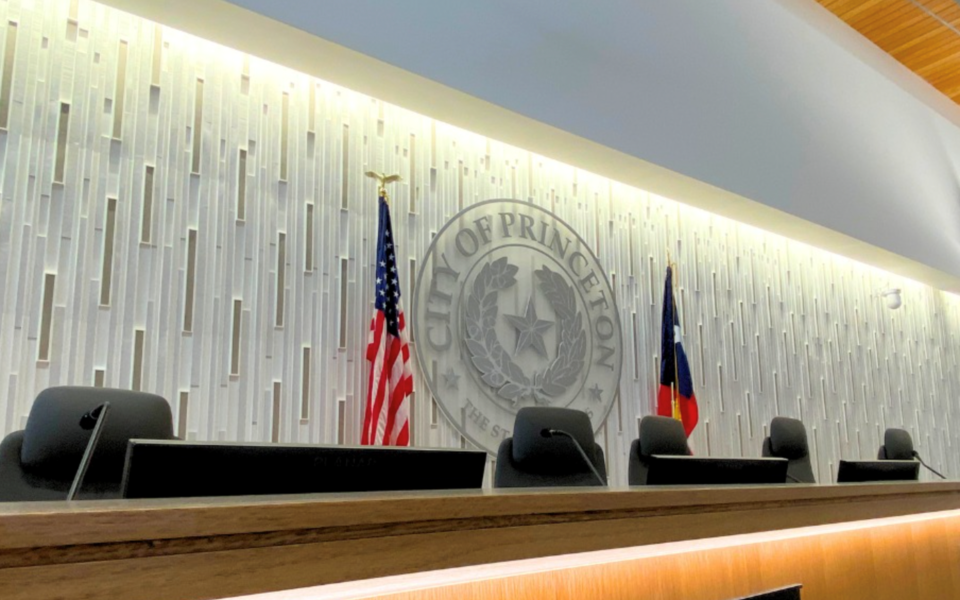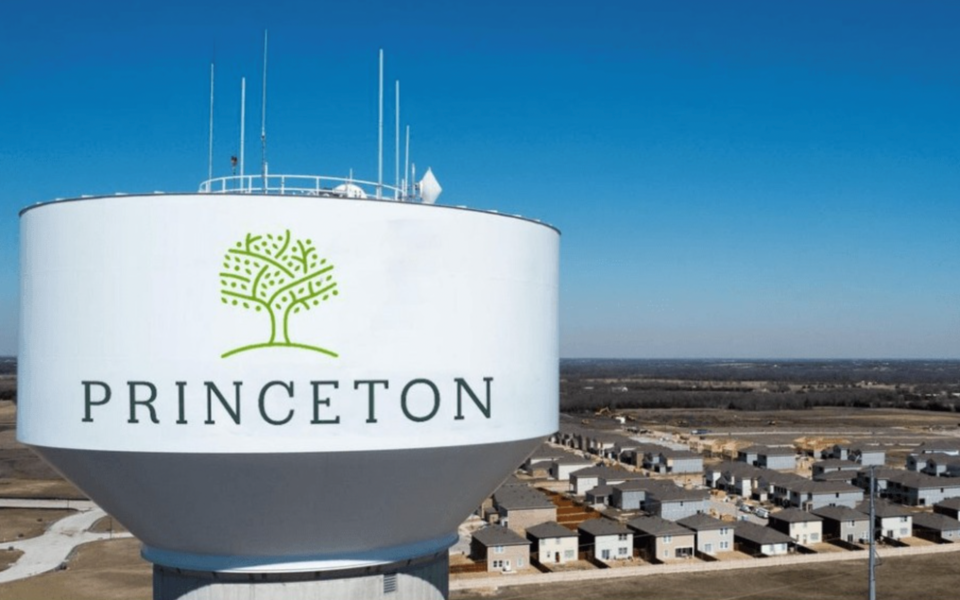Princeton isn’t just growing — it’s exploding. Once a sleepy outpost on the northeastern edge of Collin County, Princeton is now the fastest-growing city in America, according to new U.S. Census data. The population jumped by 30% in just one year, soaring to an estimated 37,000, more than twice its size in 2020.
This explosive growth marks a dramatic shift for a city that had just 2,321 residents in 1990. A decade later, the population barely inched up to 3,477. But by 2010, things began to accelerate, with the headcount climbing to 6,924. Now, projections suggest Princeton could top 110,000 residents by 2039.
Collin County's Boomtowns
Princeton isn’t alone. Collin County dominates the national list of fastest-growing cities, with Anna, Celina and Melissa all ranking in the top 15. Celina and Anna came in fourth and fifth, respectively, with Celina growing by 18.2% and Anna by 14.6%. Melissa posted a solid 10% growth rate, good enough for 11th place. Nearby Fate, east of Rockwall, claimed the eighth spot with an 11.4% increase in population.
The region’s rapid expansion created waves of new job opportunities and spurred economic development. But for many residents, the unprecedented growth has come with some growing pains: more traffic, strained water supplies, overcrowded schools and increasing pressure on city services.
Infrastructure Under Pressure
“We’re growing much faster than what was anticipated or planned for,” said Tommy Mapp, Princeton’s director of public works, during a city council meeting last September. He wasn’t exaggerating.

The city’s water systems, roadways and emergency services are under serious strain and hitting capacity as new residential developments continue to sprout up. Mapp recommended a temporary moratorium on new development permits, arguing that Princeton needs time to regroup and plan more effectively.
“If the development continues at the rate that it is currently, we’re going to be constantly designing for something that we’re chasing,” Mapp warned council members.
Pressing Pause to Plan Ahead
Following Mapp’s recommendation, the Princeton City Council unanimously passed a 120-day moratorium on new residential development. That pause was later extended to 180 days on January 13, 2025, ending in mid-July. The measure does not affect projects that were already approved before the moratorium went into effect.
“We’re not going to solve the world’s problems in 150 days,” Mapp said at the January meeting. “But we can come up with a plan to solve those problems.”
Since then, the city has been using detailed growth rate data to forecast future infrastructure needs and build a more scalable foundation for the years ahead.
City leaders are hoping that by pressing pause, they can craft a long-term vision that maintains quality of life even as growth continues. “During the moratorium period, we are considering future growth needs,” Mapp said. “We’re using growth rate data to determine our infrastructure needs and ensure scalability to meet potential service demand.”
The challenge now is to match that explosive growth with thoughtful planning, and not let the city’s success become its undoing.
Don't miss anything Local. Sign up for our free newsletter.




